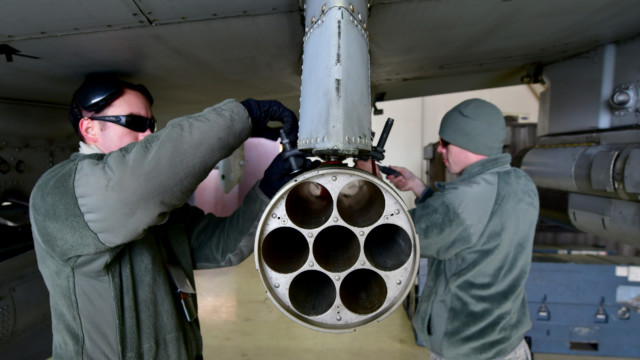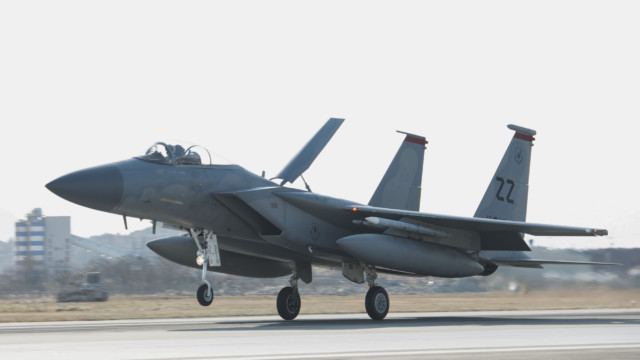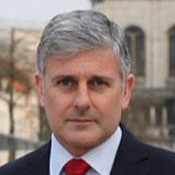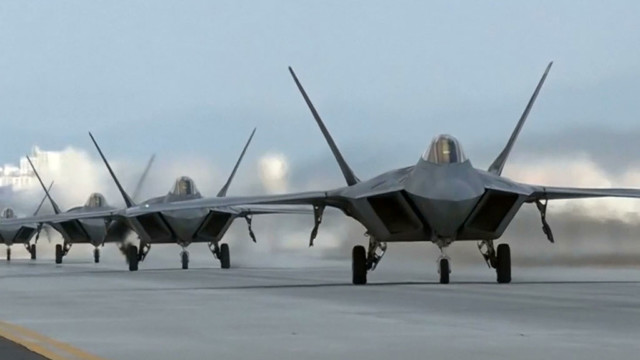Pyongyang is keeping close watch on a show-of-force to its south. Hundreds of military aircraft from the U.S. and Republic of Korea have taken to the skies as a warning against the Democratic People’s Republic of Korea.
CGTN’s Jack Barton reports from Pyeongtaek.
State of the art F-22 stealth fighters prepare took off as part of the Vigilant Ace drills being conducted by the United States and South Korea. The exercises involve 230 warplanes and at least 12,000 military personnel.
Officials in Pyongyang have described the exercises as the U.S. president “begging for a nuclear war.”
“North Korea has been very critical of the military drills when it comes to Korea and the U.S. forces using stealth fighters,” according to Woo Jung-Yeop, research fellow at Sejong Institute. “Because the F-22 and F-35 have the capability to enter North Korean territory without being detected.”
There’s good reason why Pyongyang would not like these aircraft slipping under its radar. The aircraft participating in the exercises are simulating the destruction of the DPRK’s nuclear and missile facilities, as well as mobile rocket launchers.
While these drills are annual, this year’s is the biggest ever.
Some analysts said that’s not a coincidence.
“The largest joint air force exercise ever can be seen as a way of putting pressure on North Korea and showing a military demonstration to stop any further actions from North Korea, such as a seventh nuclear test or ICBM tests,” Kim Yong-Hyun of the Dongguk University Graduate School said.




But very few believe these, or other war games, will halt Kim Jong-un’s quest to build a functioning nuclear-tipped rocket. The drills follow a successful test by the DPRK of an intercontinental ballistic missile most analysts believe could reach the mainland United States.
There is also little hope that either the U.S. or DPRK will accept China’s proposal of halting war games in return for a halt to Pyongyang’s weapons program, a policy known as ‘freeze for freeze.’
“If ‘freeze for freeze’ is going to work, then North Korea has to accept the verification process,” Woo said. “If north Korea is not going to accept it, then the U.S. is not going to accept it.”
 CGTN America
CGTN America


